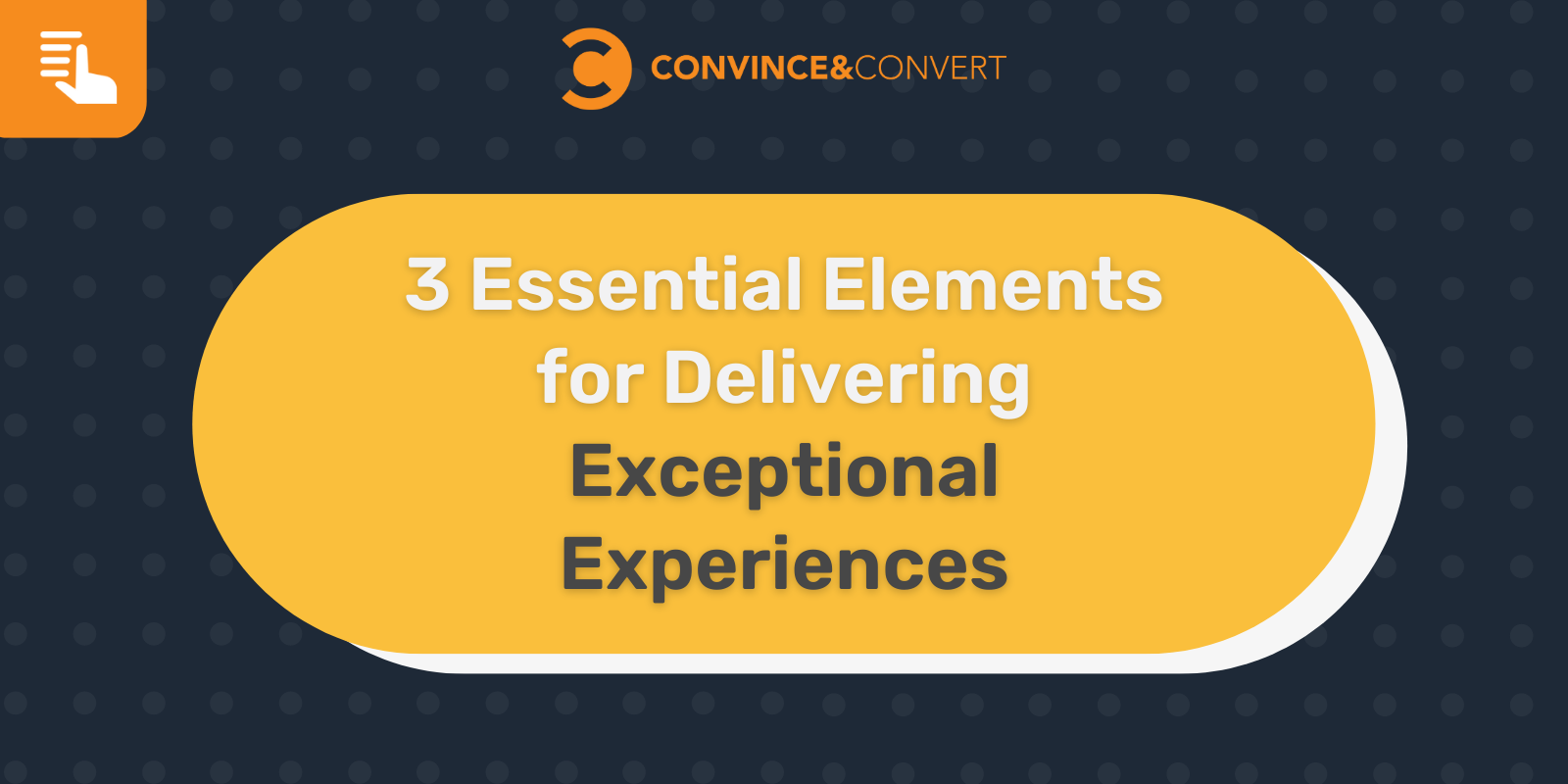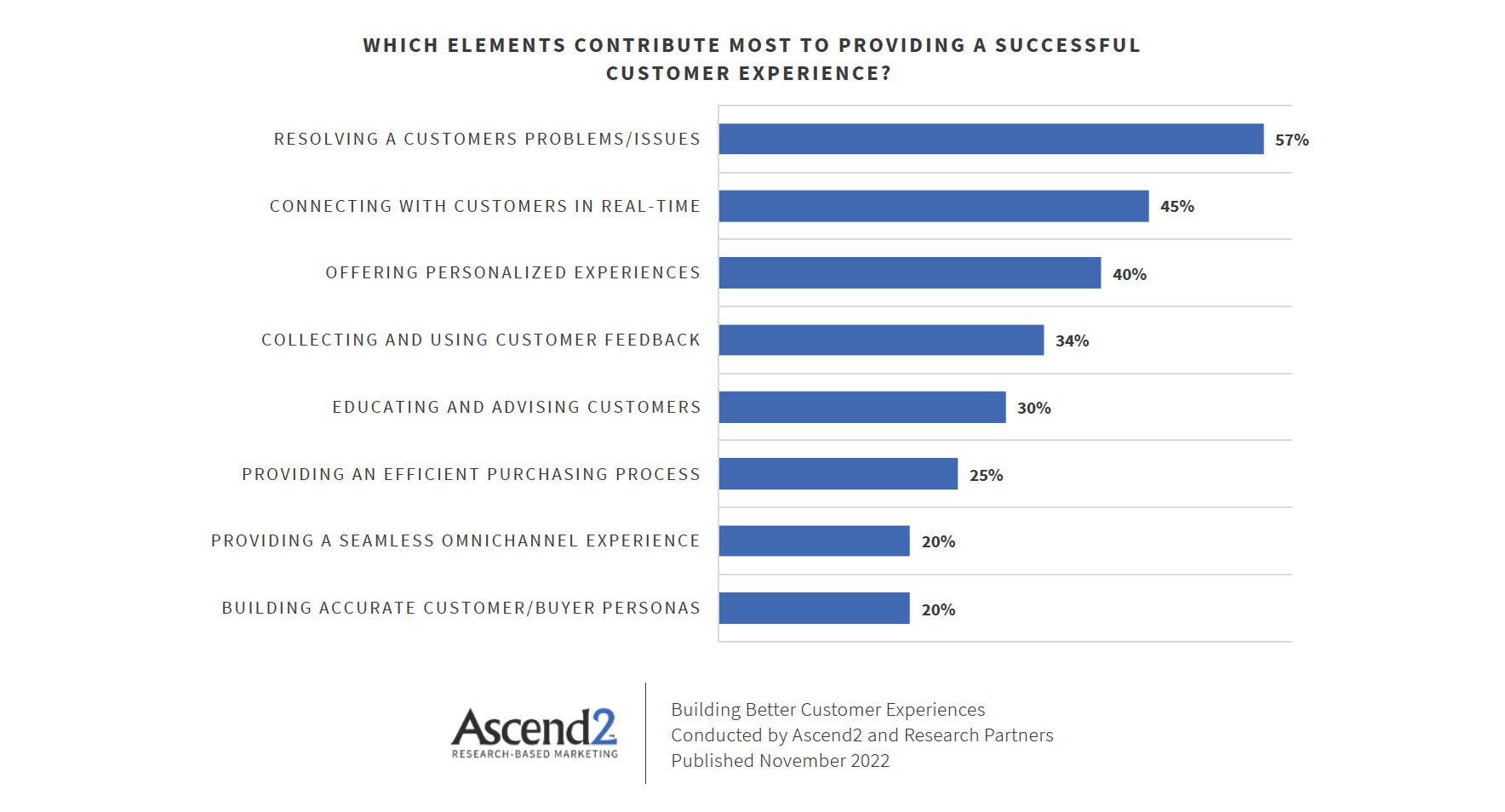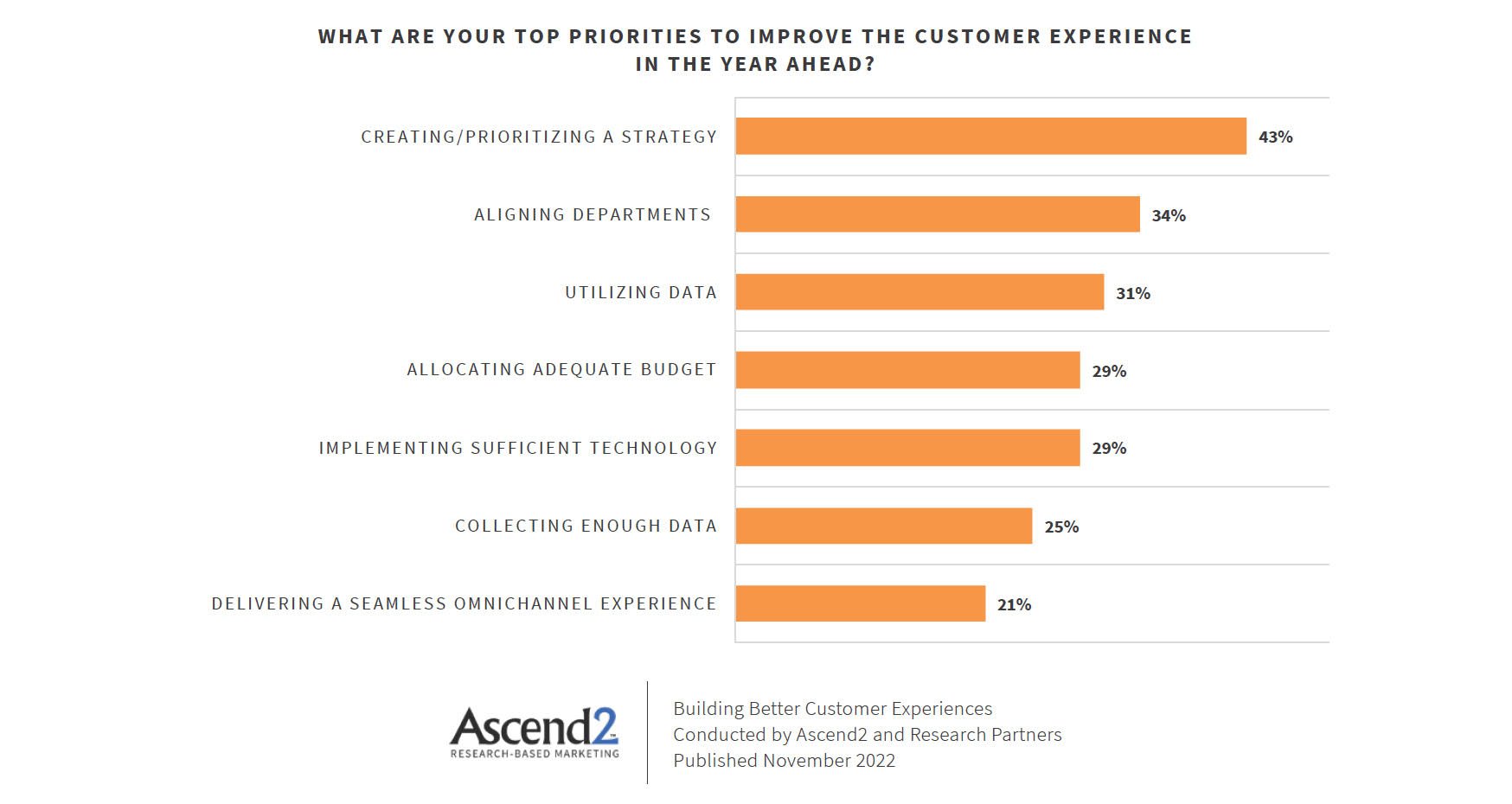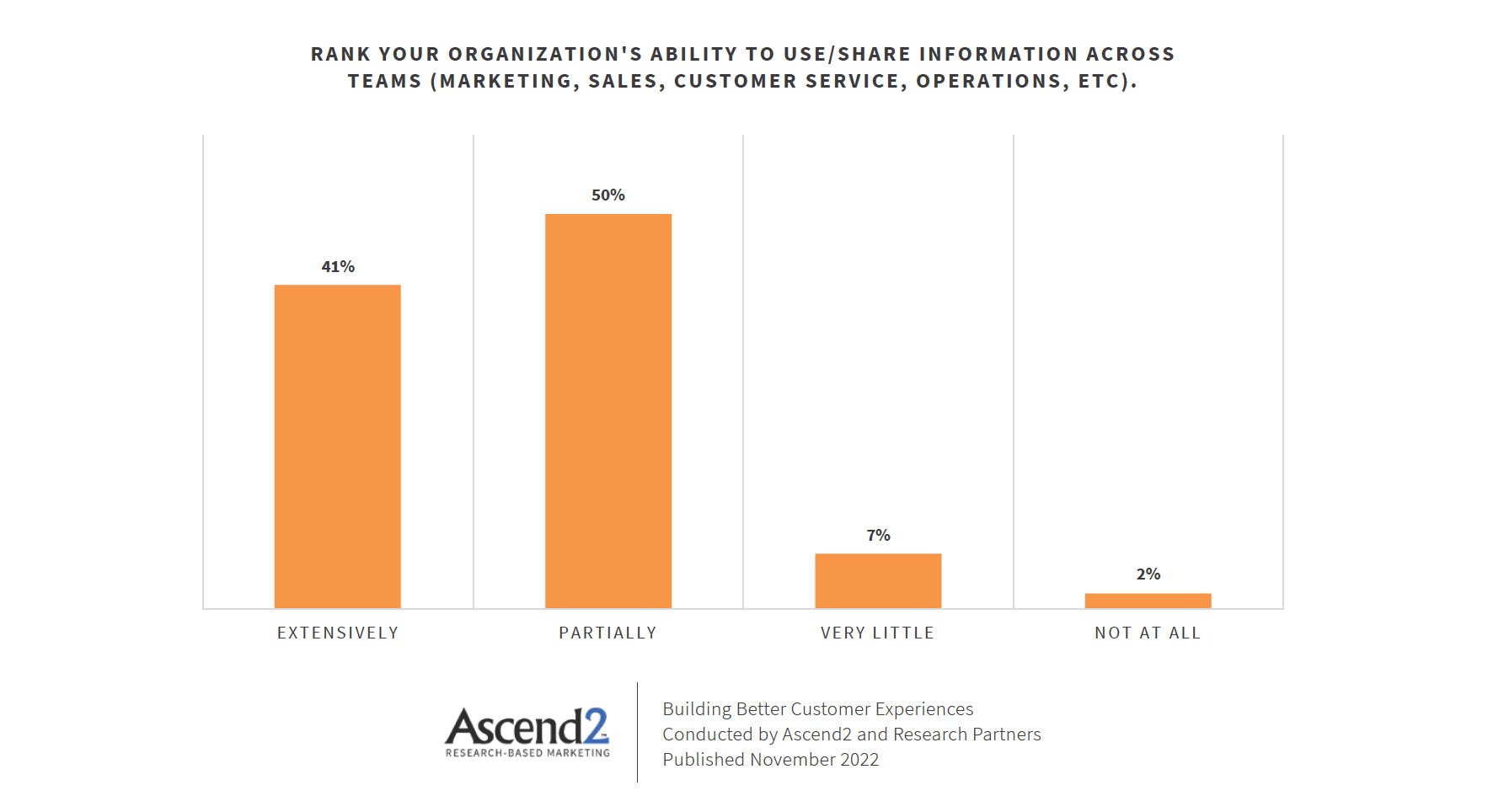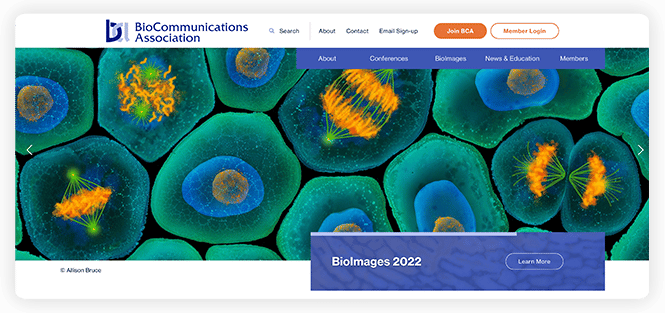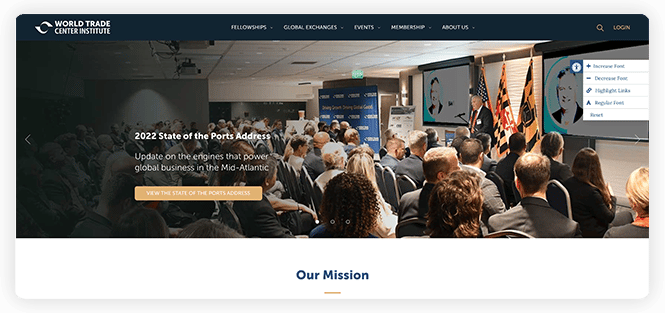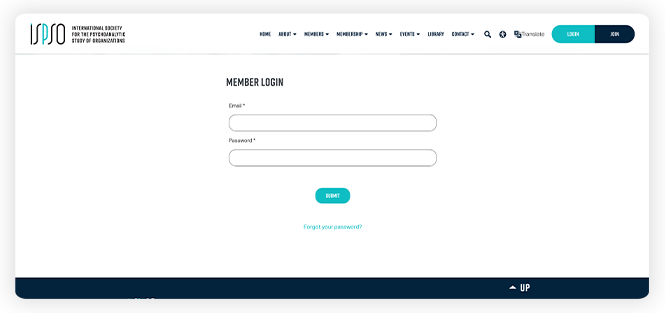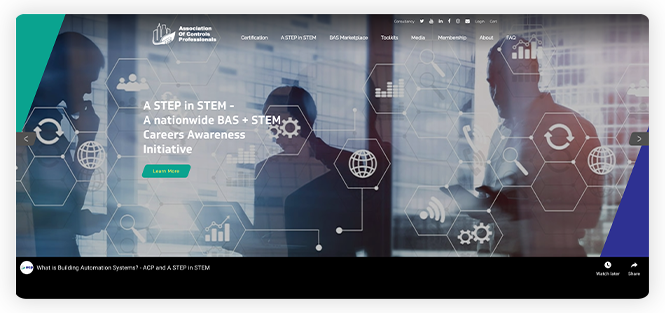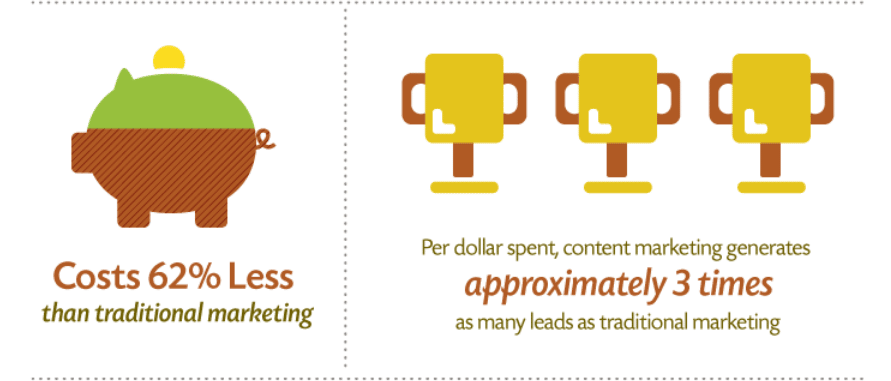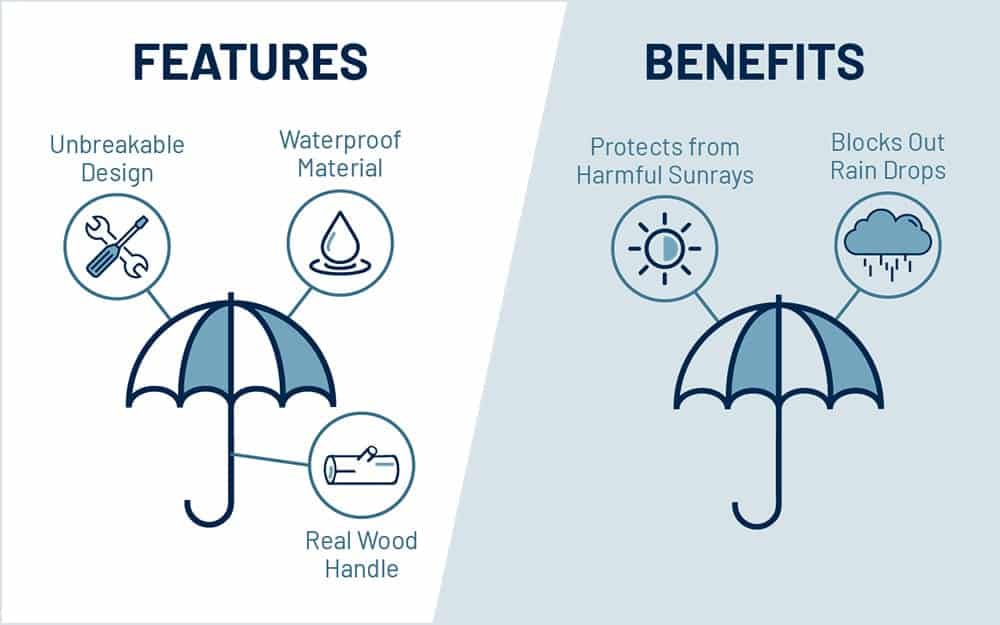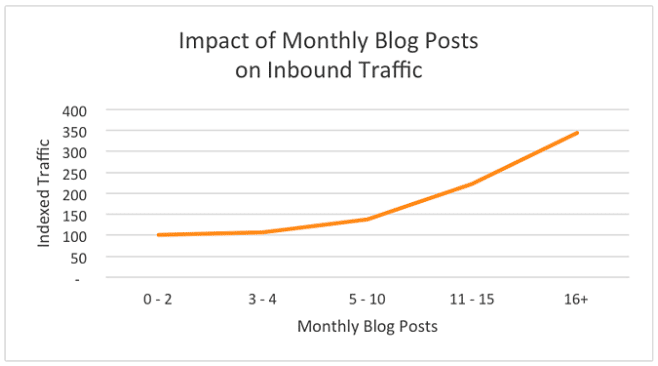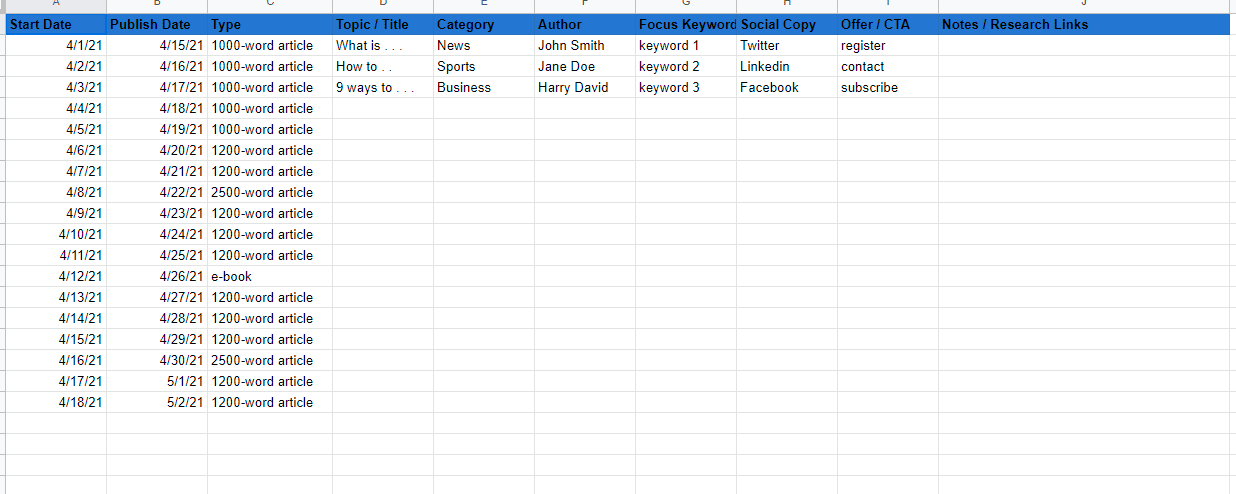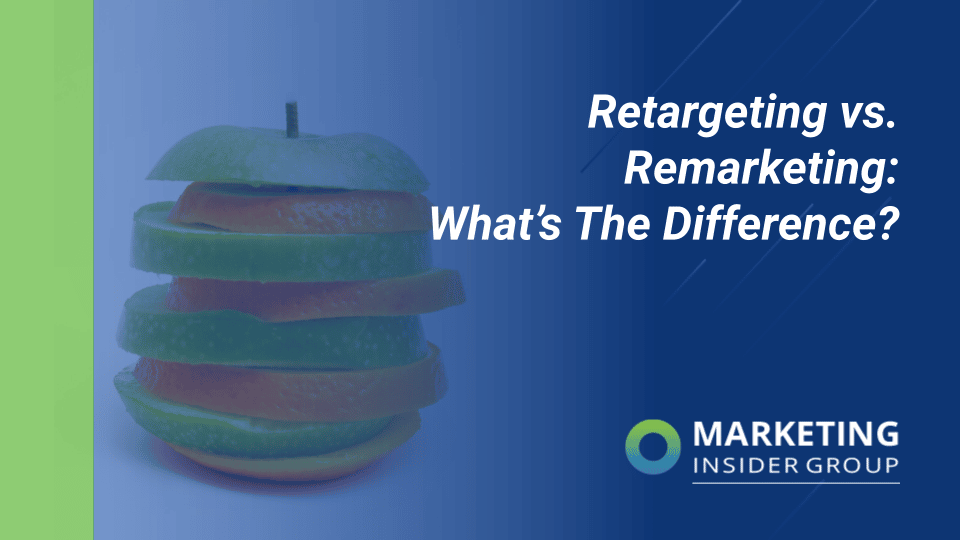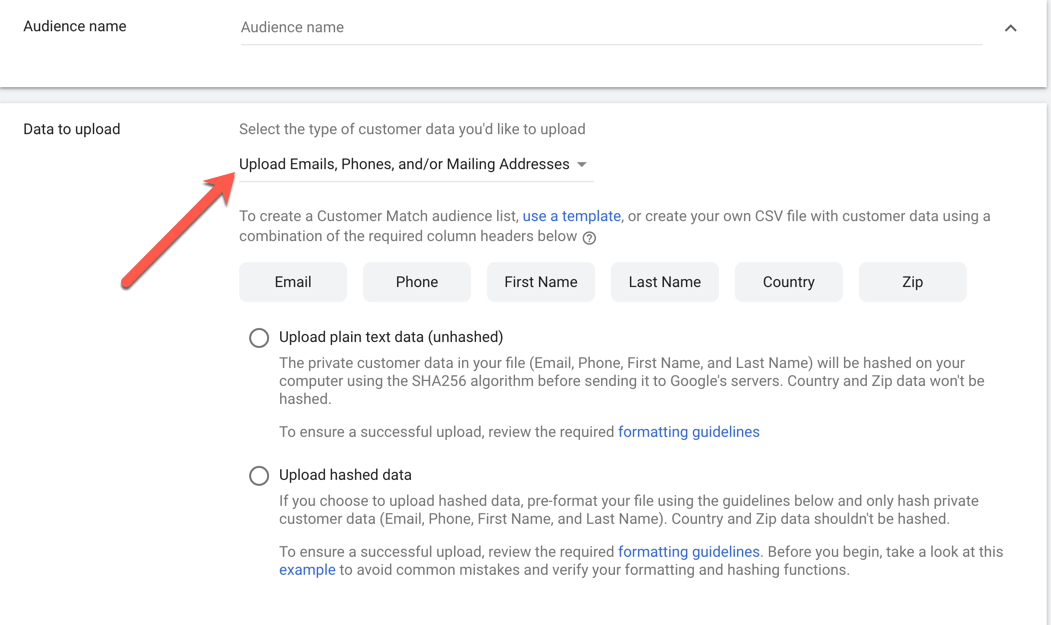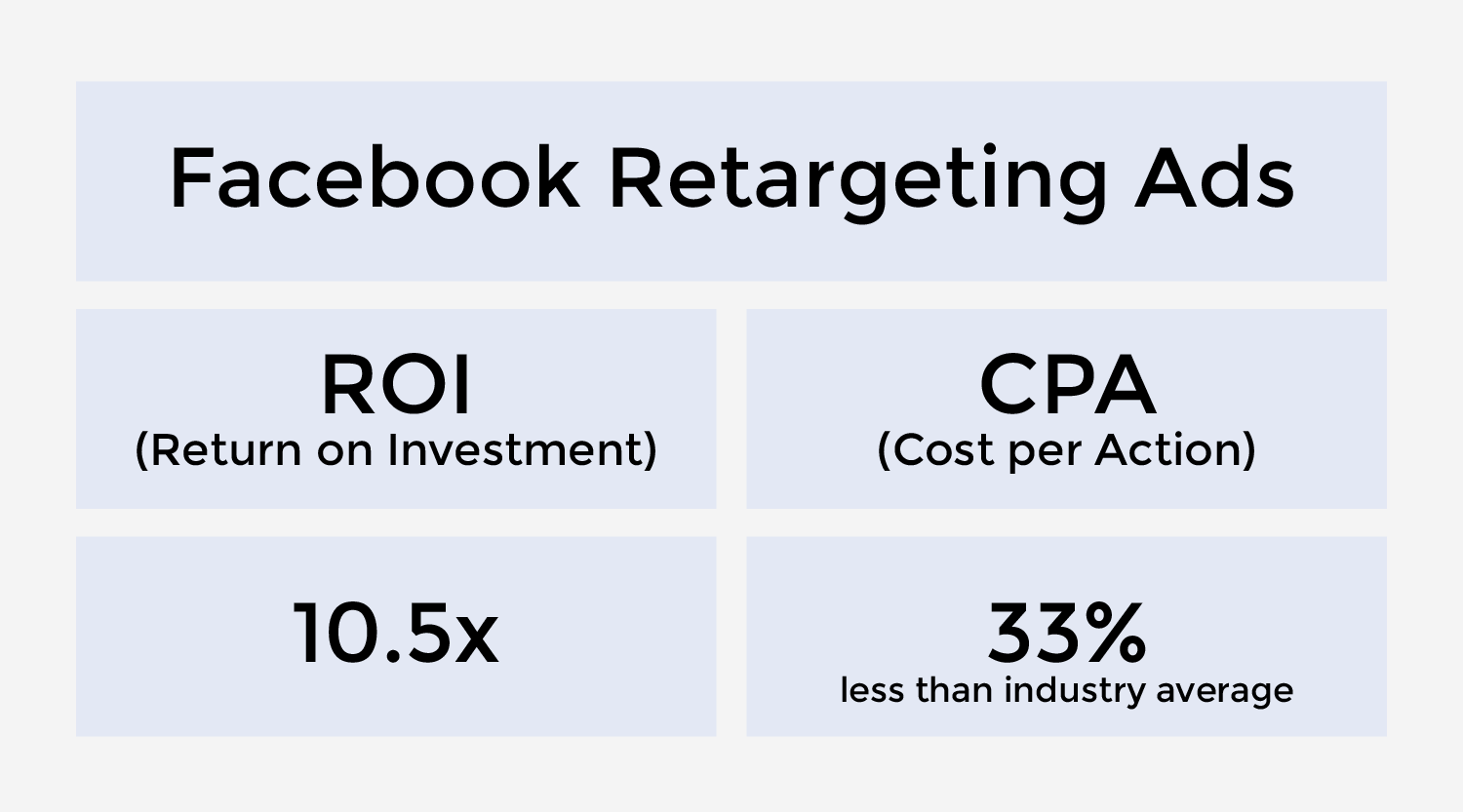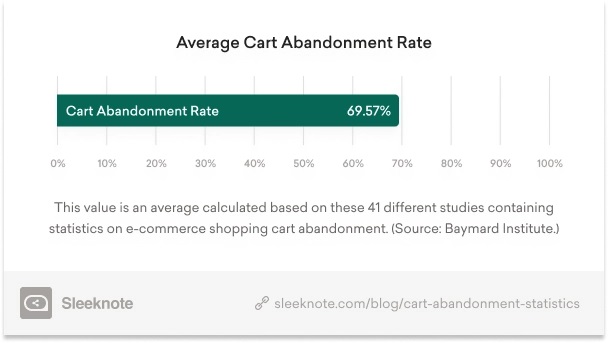
Did you know that after the headline, your blog intro is the most important factor in determining whether a visitor will actually read your article?
In fact, the average time people spend reading a blog post is only 15 seconds. But if we can get them past that first 15 seconds, most readers will stay for 7 minutes (according to Fast Company.)
Blog intros must be interesting and clearly show the value of the article ahead if you want people to keep reading. In other words, you need a hook! 
Fortunately, there are several tried and true ways you can make sure you always hit the mark. We use these tips to train all our writers so our clients are getting the very best in the most important part of their content: the introduction!
In this post we’re gonna show you 8 proven methods to write a blog article intro like a pro.
Quick Takeaways
- There are specific formulas that grab readers attention.
- Asking questions in your blog introductions gets readers actively thinking.
- It’s important to strike a balance between telling readers what to expect without giving everything away in the intro.
- Effective blog introductions emphasize the value and benefits offered by the article.
The PPB Formula For Awesome Blog Intros
We are always looking for tips, tricks and best practices for creating the perfect blog post.
So a couple of years ago I received an email from Brian Dean of Backlinko describing his favorite formula for writing blog intros called “the PPB Formula.”
I had never heard of this so I was pretty interested. The PPB Formula stands for:
- Promise (or Preview)
- Proof
- Bridge
Here’s an example:
- Promise: Writing good blog intros can get your readers to actually read your blogs.
- (or Preview): Today I’m going to share with you how to write an amazing blog intro.
- Proof: Research shows that readers who read the first 15 seconds of your article, will likely read your entire article.
- Bridge: Let’s dive in . . .
I like the “Promise” one a little better right? The “Preview” one seems a little bland and generic. But test them. They both work! Let’s break them down a little further.
Preview or Promise
Here’s where you let your reader know EXACTLY what to expect from your content. Or the main BENEFIT of reading your article.
That way, when someone lands on your post, they know they’re in the right place. Which one do you like better?
Now Offer The Proof
Here’s where you show people that you know your stuff. I like to use stats or some 3rd-party credibility but your proof can be in the form of:
- Your own personal results
- Your years of experience solving this problem
- Specific client examples
- Other forms of 3rd party credentials like stats, experts, quotes
For example:
This is the approach we have used to generate tens of thousands of search rankings, 1 million readers per year, and nearly all our new clients.
 ~ From How We Rank #1 Get a Million Visitors (And Win All Our New Customers)
~ From How We Rank #1 Get a Million Visitors (And Win All Our New Customers)
Bridge From The Intro To The Article
Here’s where you transition people from your intro into the body of your content. In other words: you build a bridge from your intro to the meat of your post. I also like to repeat the promise in some form, ideally using the main key phrase for the article:
- Let’s dive in . . .
- I’m going to show . . .
- You will learn . . .
Here’s a similar “hook” methodology shared by Digital Marketer that includes “short and punchy, curiosity-laden” openings that get you to “slide” into the rest of the article:
8 Proven Ways to Write Amazing Blog Introductions
Be Relatable
Most people search for quality content to help them solve a problem or accomplish something important. Maybe it’s completing a challenging project at work, or organizing their homes better, or understanding a complex situation happening in the world.
Whatever the issue at hand, you can keep readers engaged by crafting blog introductions that tell them, “Hey, I relate.”
Here’s what we mean:
Let’s pretend a user is searching for ways to drive more conversions from their content. Rather than just diving right into the ways they should do it, you can start by saying something like: “Converting customers isn’t easy,” or “Many businesses create great content but struggle to get customers to take the next step.”
Statements like this create a connection between you and your reader because it makes them feel understood. They know they aren’t the only ones experiencing this pain point. They’ll also believe that because you understand the problem, you’re more likely to provide a real solution.
Research has shown that this type of pain point focused content is extremely effective at keeping customers engaged, and it starts with a clear mention of it in your blog introduction.
Some tactics you can use to uncover user pain points are doing keyword research (to see what they’re searching for) and engaging with current customers to ask them directly. You can also do your own exploratory research. Here’s a deeper dive into how to explore customer pain points that your products or services can solve:
Ask a Question
Asking a question is an effective way to engage people in a blog introduction because it gets them actively thinking. You can also use questions to highlight what’s coming in the body of your blog post (more on why that’s important coming next).
Questions can center around your customer pain point (it’s a great way to execute the previous tip) or to get the user wondering about the content you’ll include in your article.
So, to use our customer conversions example again, your question could be: “Are you driving traffic to your website but struggling to convert paying customers?”
This question addresses your user’s pain point in a way that makes them ponder.
If you want to use a question to preview how your article will help, you could instead say: “So how can you drive traffic to your website and convert customers at a higher rate?”
Now your customer is more likely to keep reading because they anticipate they’ll find the answer later on in your article. It’s your job to make sure that it’s there.
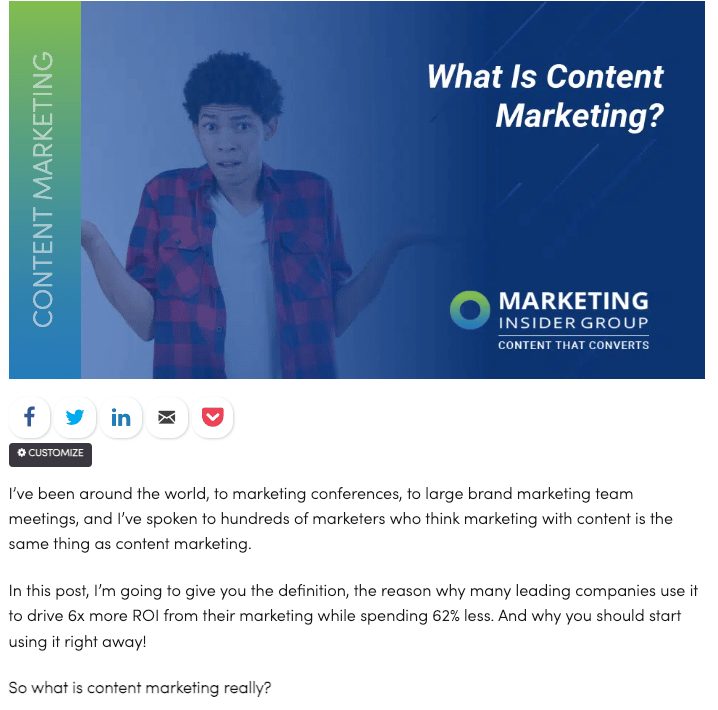
Tell People What to Expect
Here’s the thing: people want answers fast. Especially on the internet. They won’t wait around until you get to the point 1,000 words later.
Like we mentioned before, you’ve got about 15 seconds to make people engaged enough that they’ll keep reading. A blog introduction that leaves customers in the dark won’t do it.
I’m not saying you should jam everything into the first few sentences. Instead, give the quick, high-level version of what customers will find in your article without adding all the details.
For example: “In this article we’ll cover 8 effective tactics you can use to convert paying customers with your content. Then, we’ll give you specific action steps to help you implement them right away.”
Now your user knows exactly what they’ll find if they choose to read on, but they’ll still have to actually keep reading to get value from your article.
Emphasize Value
One of the most important things content marketers need to know is the difference between features and value/benefits.
Here’s a simple example that demonstrates the concept:
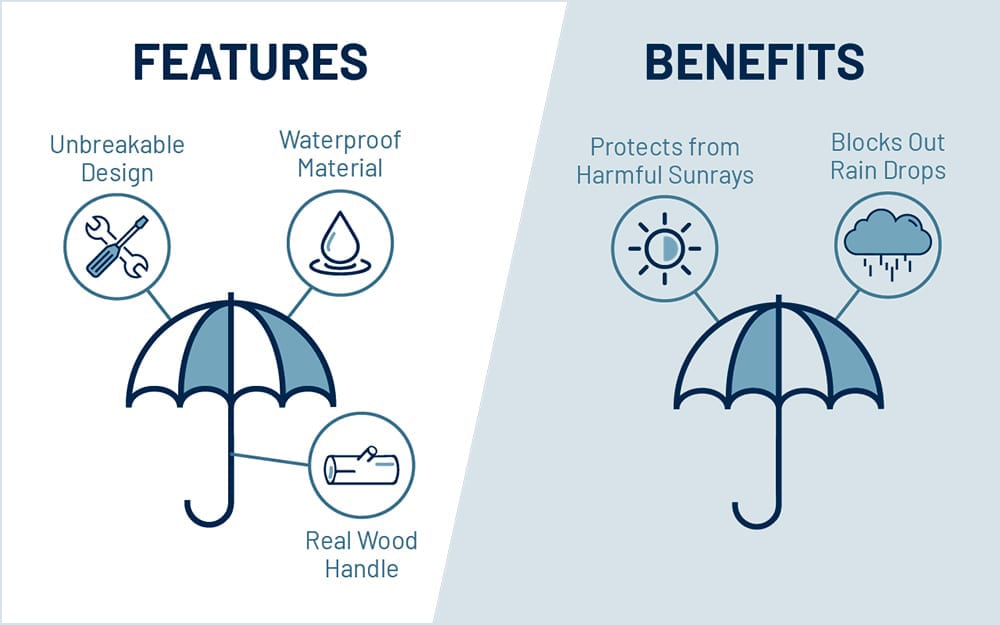
People don’t care about product features unless they know how that product can help them personally. The same goes for blog articles.
Simply listing what you’re going to include in your article isn’t enough. You also must emphasize how the content will he helpful for your readers.
An easy way to do this is to talk directly to your readers. Let’s revisit the previous example. We said that we’ll tell our readers what to expect in the article by saying:
“In this article we’ll cover 8 effective tactics you can use to convert paying customers with your content. Then, we’ll give you specific action steps to help you implement them right away.”
Notice the use of the second person. What if we had phrased this: “We’ll cover 8 tactics that increase customer conversions for companies.”
OK, you might say, this still gives you the same information. While that’s true, it doesn’t speak directly to why it’s important to me. “You can use” and “implement them right away” both tell our users that this content is for them, and they’ll benefit from it directly.
To be even more effective, I might drive it home with something like: “Successfully executing these tactics will lead to higher conversions and sales that drive revenue for your brand.”
Now my reader knows that I understand their pain point, they’re clear on how I’ll address it in the article, and they can see exactly how it will benefit them directly.
Provide a Unique Perspective
The average Google search yields millions of results. Even the first page, where almost everyone is looking, shows 10 different results for any given query. How can you stand out among all that other content? One way is to provide a unique perspective on the topic you’re covering.
Think about it: how many times have you searched for something only to find multiple articles that pretty much say the same exact thing. Not helpful.
You can catch your reader’s attention with a blog introduction that takes a different approach. Even for topics for which there are specific right answers you need to cover, you can be unique by showcasing your brand’s personality or writing with a different tone.
You can also take a totally different stand on a topic that’s grown stale or repetitive in your industry. Take, for example, the title and blog intro for one of our articles on personas, where we argue that “Personas are great. Except when they suck!”

Huh? Personas don’t suck! They’re the be-all and end-all of knowing your customer! Right?
Not necessarily, and definitely not when they’re done ineffectively. This article has been one of our most-read pieces, in no small part because it challenges the standard opinion on a common marketing tool brands are using.
I don’t suggest always being the contrarian, but going against the grain when it’s warranted (and emphasizing it in your blog introduction) is a sure way to get people interested.
Don’t Give Everything Away
Alright — here’s where we need to talk about balance. So far, we’ve covered that you should tell readers what to expect in your blog article. That’s absolutely true.
What you should not do is give everything away in the first few sentences. Your blog introduction should be a teaser for what’s to come. If your reader can get the information they need in the intro, what would be the point of going any further?
Let’s go back one more time to our customer conversions example:
“In this article we’ll cover 8 effective tactics you can use to convert paying customers with your content. Then, we’ll give you specific action steps to help you implement them right away.”
Notice that we let readers know they’ll find 8 tactics, but we don’t say what those tactics are. If we did, we’d risk our readers going off to Google them each on their own. Instead, we tell them to read on for more information about what they are and how to use them.
Write The Blog Intro Last
This might not seem intuitive, but trust me when I say: writing your blog introduction last will save you time and make your intros better.
You’ll know if you write blogs that you can never totally predict the direction or content of an article until it’s complete. Inspiration hits as you write, new ideas emerge, and your content evolves during the writing process. If you write your blog introduction before the body of your article, it’s nearly a certainty that you’ll have to go back and edit.
Instead, write the article first to get a sense of your content’s most important takeaways and the overall tone and message. You’ll find that writing your intro will come a lot more easily.
Always Deliver On The Blog’s Promise
Last but not least — I can’t emphasize this enough — always deliver on the promises you make in your blog introduction.
There’s no quicker way to lose your reader’s trust than to tell them you’ll give them something and then fail to deliver it. Content that is genuine and trustworthy will get you a lot further than articles with a great hook but no follow through.
 See Also: 5 Blog Post Templates to Help You Create Remarkable Content
See Also: 5 Blog Post Templates to Help You Create Remarkable Content
Did you spend 7 minutes reading this post? That translates into 1600 words but we’re cruising along here at 2143 words. Getting your blog word count matters too!
Publish blog content that delivers results
You can publish blog content that jumpstarts your entire content strategy! At Marketing Insider Group, we have a team of writers and SEO experts who can deliver you ready-to-publish content every week for an entire year (or more!).
Check out our Content Builder Service or schedule a quick consultation with me to learn more and get started.
The post 8 Steps To Write a Blog Intro Like a Pro appeared first on Marketing Insider Group.

